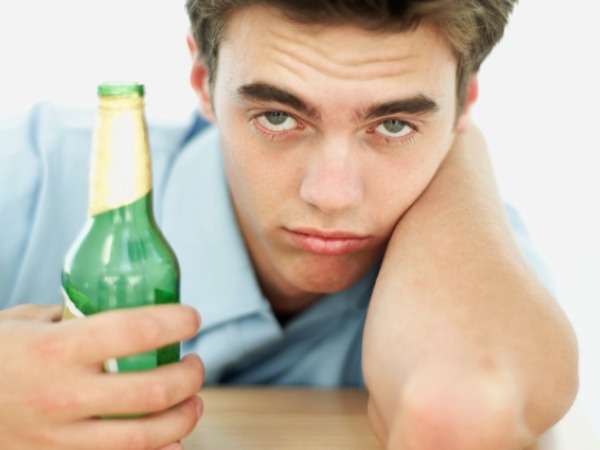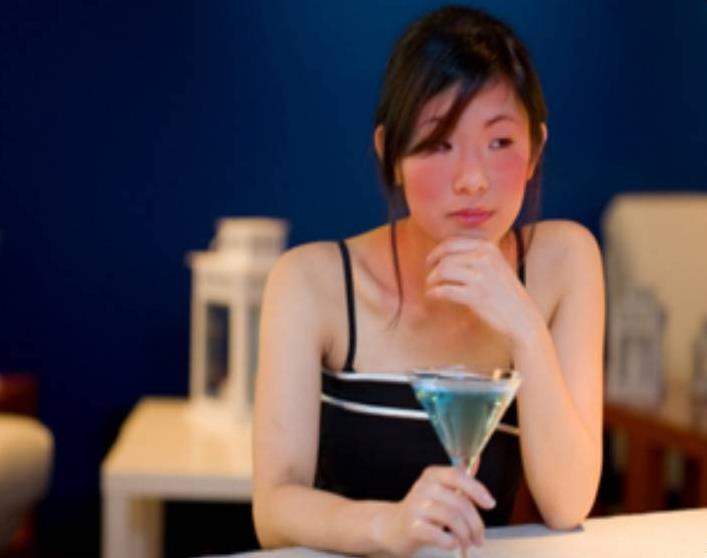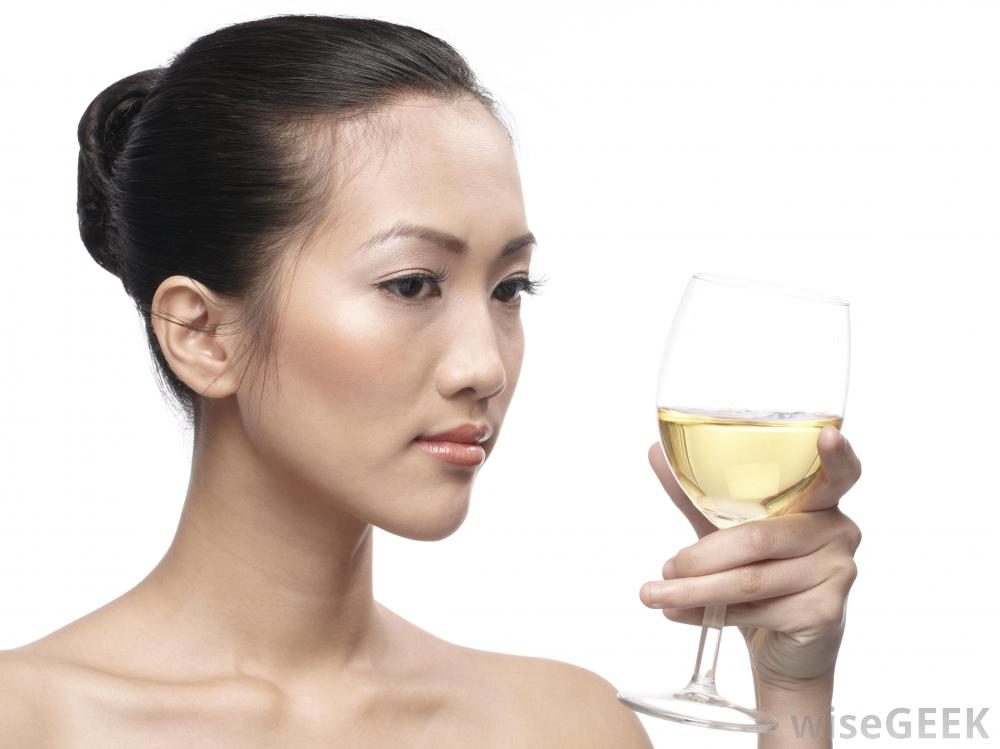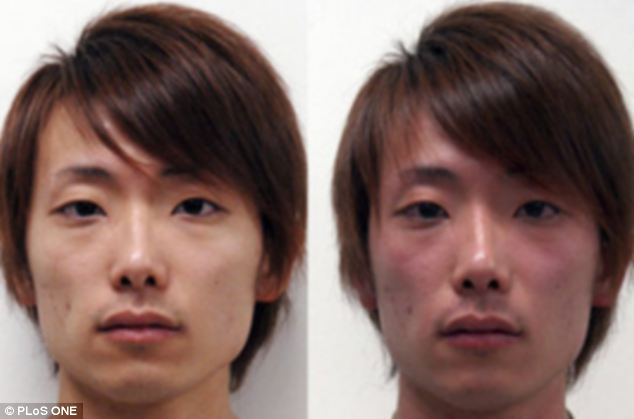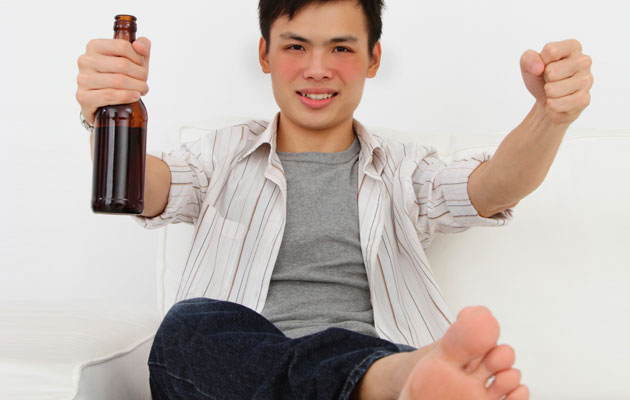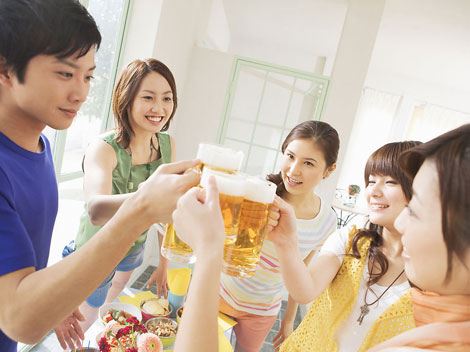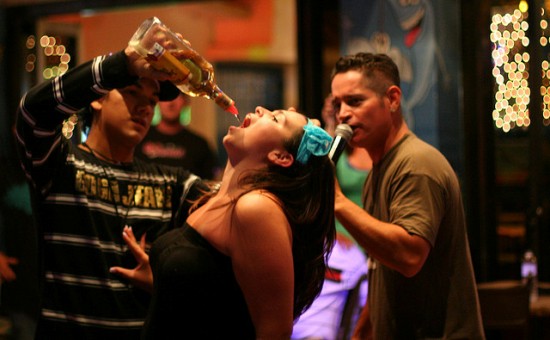[FACT OR FAKE #39] Turning Red After Drinking Means You Have Good Blood Circulation
Fond of taking a couple of alcoholic drinks to celebrate the festivities with family and friends but your face turns red immediately after taking a couple of drinks? Ever wondered why does this happen?
Does your face turn red after downing a couple of alcoholic beverages? Think it's a sign of strong energy flow or good blood circulation?
Why does this happen and what is it called?
The rosy-cheeked, often portly, drinker has long been a figure of fun and one of the cartoonist's favourite characters.
But the new research from Korea suggests that flushing red after a drink is no joke.
This phenomenon called Asian Flush Syndrome is common among Asians of Chinese, Japanese and Korean descent
Alcohol flush reaction (also known as Asian flush syndrome, Asian flush, Asian glow, among others) is a condition in which an individual's face or body experiences flushes or blotches as a result of an accumulation of acetaldehyde, a metabolic byproduct of the catabolic metabolism of alcohol.
"Facial flushing after drinking is always considered as a symptom of high alcohol sensitivity or even intolerance to alcohol, unless a patient is taking special medicine," said lead researcher Dr Jong Sung Kim, from Chungnam National University School of Medicine.
"The facial flushing response to drinking usually occurs in a person who cannot genetically break down acetaldehyde, the first metabolite of alcohol."
yahoo.comFACT: Turning red face after drinking alcohol is NOT A SIGN of strong energy flow or good blood circulation. Rather, it's an indication that your body is NOT METABOLISING alcohol efficiently.
Researchers from the National Institute on Alcohol Abuse and Alcoholism (NIAAA) and Japan's Kurihama Alcohol Center found that individuals who get the redness after drinking alcohol are at greater risk for developing esophageal cancer.
“If you are Asian and drink alcohol frequently, you may have a higher risk of getting stomach or oesophageal cancer or peptic ulcers due to a genetic inability to efficiently process acetaldehyde, a toxic by-product of alcohol metabolism,” says Dr Victor Lee Tswen Wen, Consultant Surgeon, Department of Hepatobiliary & Transplant Surgery, Singapore General Hospital.
yahoo.comAbout eight percent of the world’s population has this genetic condition (Thanks, Mom and Dad), where the body lacks an enzyme that properly breaks down alcohol.
ALSO NOTE: People who have the Facial Flush and continue to drink are 6 to 10 times more likely to develop esophageal cancer, compared with someone without the genetic condition who is drinking the same amount
And esophageal cancer carries a five-year survival rate of 12 to 31 percent.
Since the mutation is a genetic issue, there is no cure for the flush reaction. Prevention would include not drinking alcohol. Still, here are some tips to cope with Asian flush Syndrome:
